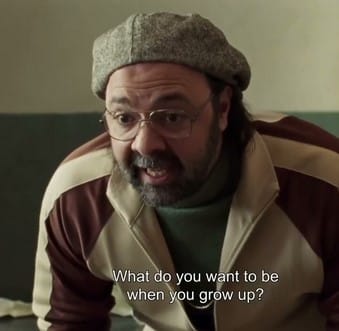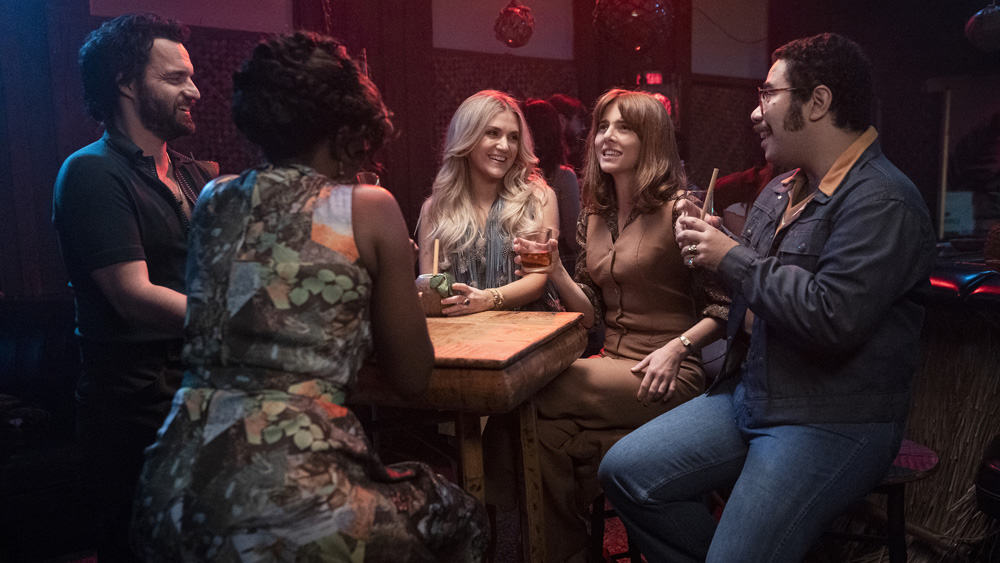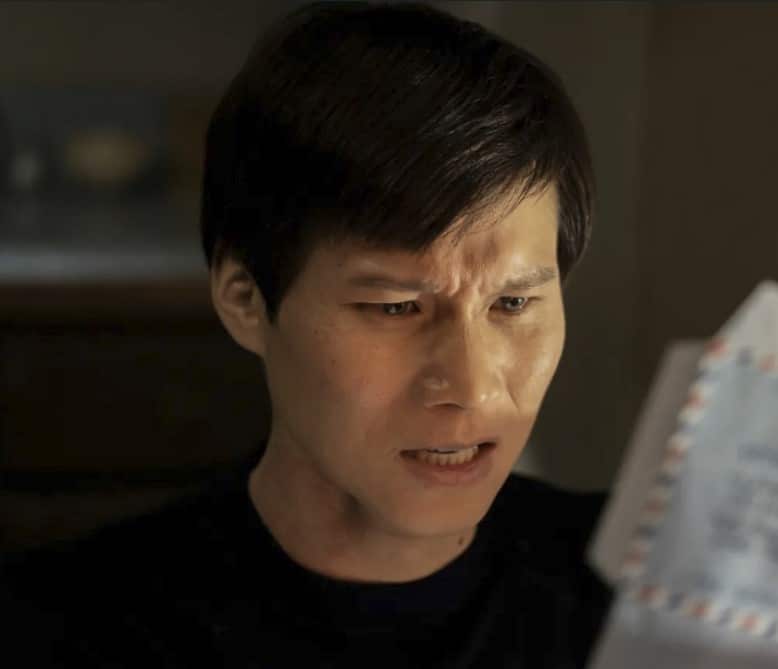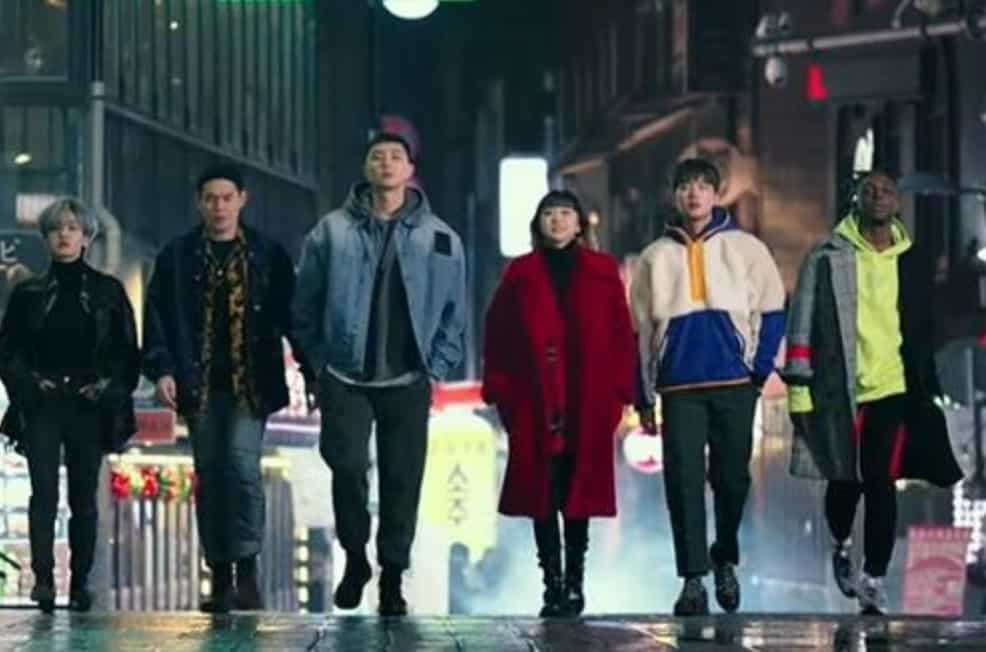Watercooler Pick
Avatar: The Last Airbender
- Series
- Where to Find It: Netflix
- Rating: TV-G
- Release Date: 2005
- Seasons: 3
- Episodes : 61
- Length: Half hour
Recommended by:
Share on social media
Find More Watercooler Picks
Avatar: The Last Airbender is a masterfully crafted show that hosts delicate love stories, vicious battle scenes, ever-present humor, and an art style that rests carefully between playful children’s and modern anime — without the stigmas attached to either one. It is a truly unique show, with a huge number of layers arranged in a way that anyone can watch and appreciate, but some can relate to on an infinite number of deeper levels.
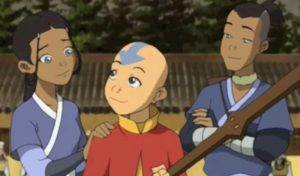
Set in a world defined by a kind of superpower martial arts known as “bending,” Avatar follows the story of a 12-year-old boy, Aang, on his path to fulfill his destiny as the Avatar: the master of all four bending varieties (fire, water, earth, air). Like the Dalai Lama, The Avatar is reborn whenever his predecessor passes away.
A happy-go-lucky air-nomad by birth, Aang spends the early parts of the show readjusting to modern society, as it is revealed that he has been in a half-alive state frozen in an iceberg of his own creation for the last hundred years. Aang’s readjustment is aided by the people who discovered him: a brother and sister from a local water tribe. There’s Katara (a fierce yet friendly little sister and aspiring waterbender) and then Sokka (an accident prone, sarcastic, and hilarious older brother and aspiring warrior). But Aang has reemerged at a difficult time. Gripped by a desire for power, the once peaceful “Fire Nation” has spent the last hundred years building a massive army and systematically destroying all threats to their power.
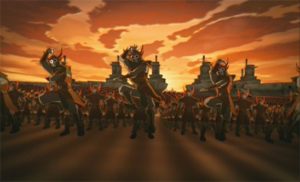
Quickly, the status quo becomes clear: the different “bending” groups have become much more than differences in powers. Instead, they have become social definitions, a fact driven home by the intense aggression of the infamous Fire Nation in the years following Aang’s initial disappearance. As Aang comes to terms with his new position in a new society, he must simultaneously battle fiendish Avatar-hunters, namely the Fire Nation-estranged prince Zuko — the epitome of a complex character. And on top of this, Aang is given an ultimatum: defeat the Fire Nation within a few short months, or society will fall to fire.
Despite all the dark undercurrents, each episode feels light and funny, marked always by the introduction of new characters (who may or may not become significant later), the display of exotic societies and cultures, and the lighthearted demeanors of such characters as Sokka, Aang, and Zuko’s traveling companion, and ex-Fire Nation general, Uncle Iroh.
In addition to the immense entertainment the show provides, each episode doubles as something of a zen short with an important moral at the end. These morals can be simple and easy to grasp, such as “working together can heal relationships” in “The Great Divide” (Season 1, Episode 11), or dark, and demanding of a reflection on one’s own society, such as the crushing moral of “City of Walls and Secrets” (Season 2, Episode 14). These morals serve not just as a guide for viewers, but also as a platform for Katara, Sokka, and above all Aang, who’s ascendency to his Avatar potential is based not just on power, but also on character and knowledge.
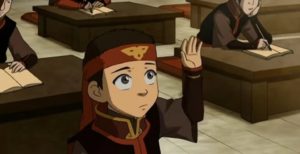
As the show progresses, the stakes rise, along with the strength of each character and their determination to achieve a victory in the hundred-year war which is gripping society.
Overall, Avatar paints a beautiful picture, both literally and figuratively, of a group of flawed yet lovable characters, who often act unpredictably but are always relatable. On both sides of the war, there is humor and anger, love and hate, power and weakness. And in each episode, there is something to be learned by everyone. It truly is an incredible series.
Pretty much anyone. This show is a great watch by yourself, with friends, with family. I watched most of it with two of my younger brothers—aged 11 and 14, and a couple episodes with my 4-year-old brother. You can really appreciate the series on any number of levels.
Already a beloved show, Avatar has recently reentered the mainstream as a result of it’s appearance on Netflix. Interest in the series has skyrocketed, and it has worked its way up to the top of the streaming service.
For the time remaining of it’s limited stint on Netflix, it should be a great 4th of July pick, in the style of Netflix shows of years past (think Stranger Things: Season 2), it’s the ideal binge watch for a whole family.
There’s a couple mildly scary moments so I’d stay away from watching it with anyone too young (6 years old is probably a good cut-off). Aside from that, there’s not much you should be aware of, other than the fact that there are 61 episodes, so be prepared for a long binge watch. Also check out sequel series Avatar: Legend of Korra, which released in 2012.
- Moods: de-stress me, enlighten me, find me fun, give me hope, thrill me, transport me
- Interests: coming of age, family friendly, fantasy

Aaron Cohen



